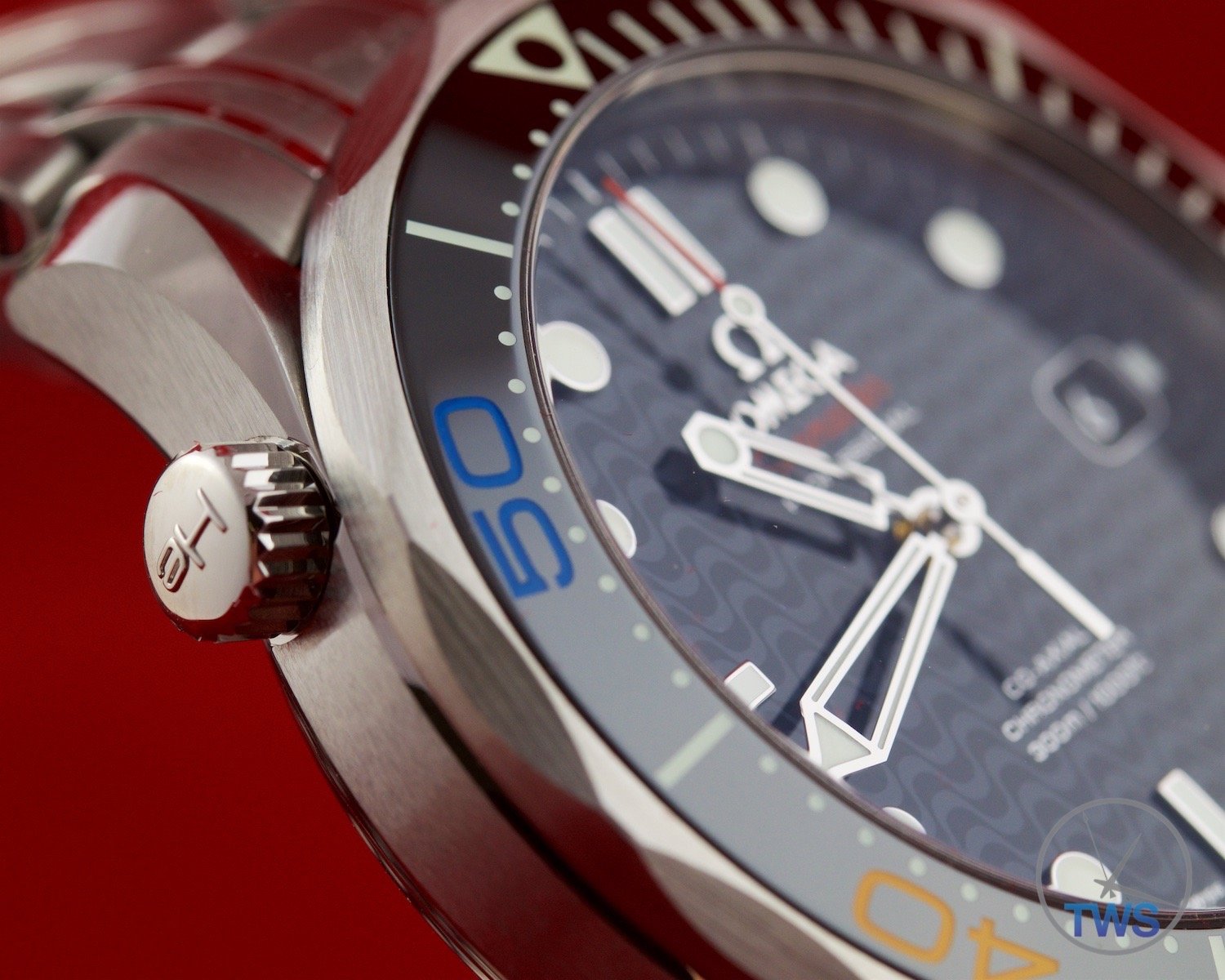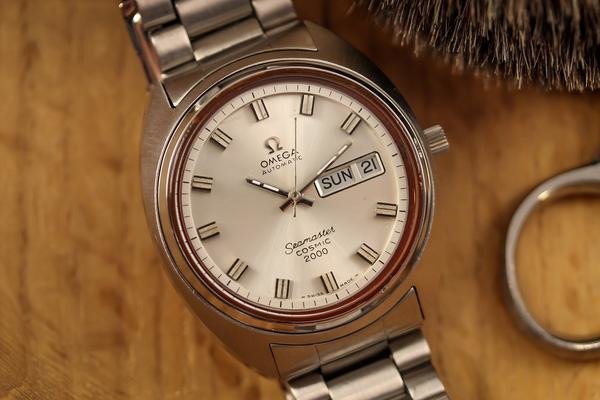How to Spot a Fake Omega
Omega: the preferred watch brand of movers and shakers. This brand produces some of the most functional and complicated watches on the market without sacrificing style or quality. There is a reason the first watch on the moon was an Omega: these watches are some of the most durable in the industry.
When counterfeiters try to mimic classic models like the Speedmaster or the Seamaster, they try to buy into the brand’s image of endurance—even going so far as to emulate tiny details that the average consumer wouldn’t notice. To protect yourself from falling for a fake Omega watch scam, follow this guide we’ve put together to distinguishing a real Omega from a counterfeit.
1. The Dial
Before anything else, closely examine the dial and make sure that everything is spelled correctly, evenly spaced and cleanly applied. The easiest way to determine if any watch is fake is by spotting any spelling or engraving mistakes. On an authentic Omega, the Omega logo should be a separate piece of metal that is attached to the dial. If it is painted on, you’re looking at a fake.
The Hands
Omega, like most luxury brands, outfits its watches with Swiss movements, which makes the motion of the second hand smooth and fluid and removes the ticking sound that quartz watches have. If your Omega ticks or has a second hand that stutters along inside the watch, it’s probably a fake.
You should also test out the adjustment capabilities of the crown. When you pull it up to adjust the time, the second hand on the Omega should stop as well to ensure the accuracy of the time. A fake Omega will have a second hand that continues to move even when you’re adjusting the time.
The Lumes
To add to their functionality, Omega watches are equipped with lumes, or reflective surfaces that glow in the dark. The hands, the markers, and a dot on the rotating bezel will all glow in the dark once they have been charged. An inauthentic Omega watch might still have lumes, but the quality of their glow will be abysmal compared to an original. To test their luminescence, put the watch under a bright light to charge for at least 15 seconds, then turn off the light. The glow from the watch should be bright and even and should last for a relatively long time.
In addition to that, lumes on genuine Omegas will cover more substantial areas on the hands and markers while fakes might only have thin lines.
The Date Complication
Counterfeiters generally have a hard time replicating the date windows of genuine luxury watches because each brand uses a different kind of cyclops, or date magnification lens, with different levels of magnification. When examining a watch that purports to be an Omega, check to make sure that the date is centered perfectly in the window and the numbers evenly cover the whole space.
2. The Case

The caseback of an Omega Seamaster Planet Ocean with the serial number engraved onto the back of both lugs.
Every Omega is stamped with a seven- or eight-digit serial number that is unique to that specific watch. You can look up this serial number and make sure that the watch it refers to exactly matches the model you’re examining—otherwise, it’s a counterfeit. Make sure that the serial number is in the right place as well: on authentic vintage models, it will be engraved on the inside of the case back, but modern models will have it engraved on the bottom of one of the lugs.
The Functions

The helium escape valve of an Omega Seamaster, which is positioned just north of the 10 o’clock marker.
The Omega Seamaster is one of the most popularly counterfeited Omega models, and it is also one of the brand’s most detailed and functional watches. This model is built to be water-resistant up to 50 meters and, for diving purposes, includes a helium escape valve. Because forgers tend to forgo many of a watch’s extraneous functions to save on production costs, the helium escape valve on a counterfeited Omega will not work, if the watch even has one at all. Also, make sure to check that the valve is in the correct position. The bottom of the valve should just hit the 10 o’clock position on a genuine Omega Seamaster watch. You probably have a fake if the middle or the top of the valve are in line with 10 o’clock.
In the same vein, if the watch you’re eyeing has more than one crown position but no dials to correspond to them, or dials that don’t work at all, then you have a replica.
If you have any doubts about an Omega model and want to be absolutely certain that it’s authentic, bring it to a watchmaker or an appraiser and have them open the piece and examine the movement. They will be able to tell you with complete certainty whether that Omega is genuine or not. If you have further questions regarding TrueFacet’s authentication process, contact our concierge representative here.









